Health & Medicine
-
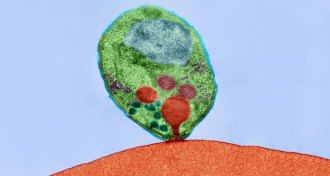 Genetics
GeneticsHybrid protein offers malaria protection
Rare hybrid protein that spans red blood cell membranes offers some protection against malaria.
-
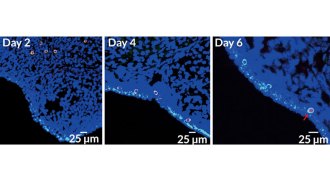 Health & Medicine
Health & MedicineTransplanted stem cells become eggs in sterile mice
Sterile mice that received transplanted egg-making stem cells were able to have healthy babies.
-
 Health & Medicine
Health & MedicineReaders ponder the randomness of DNA errors
Readers sent feedback on cellular slip-ups, moon mayhem and more.
-
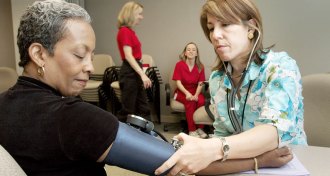 Health & Medicine
Health & MedicineWhere you live can affect your blood pressure, study suggests
For black adults, moving out of a racially segregated neighborhood is linked to a drop in blood pressure, a new study finds.
-
 Health & Medicine
Health & MedicineToddlers’ screen time linked to speech delays and lost sleep, but questions remain
Two new studies link handheld screen time for young children to less sleep and greater risk of expressive language delays. But the results are preliminary.
-
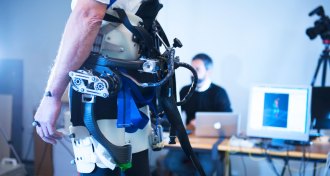 Tech
TechNew pelvic exoskeleton stops people from taking tumbles
A new exoskeleton helps people prone to falling stay on their feet.
-
 Health & Medicine
Health & MedicineBreast cancer cells spread in an already-armed mob
Source tumors may already contain the mutations that drive aggressive cancer spread.
-
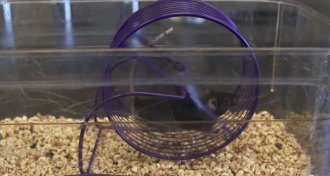 Health & Medicine
Health & Medicine‘Exercise pill’ turns couch potato mice into marathoners
An experimental "exercise in a pill" increases running endurance in mice before they step foot on a treadmill.
By Laura Beil -
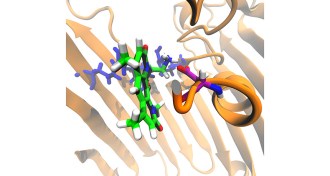 Health & Medicine
Health & MedicineNew rules for cellular entry may aid antibiotic development
A new study lays out several rules to successfully enter gram-negative bacteria, which could lead to the development of sorely needed antibiotics.
-
 Animals
AnimalsIn Florida, they’re fighting mosquitoes by meddling with their sex lives
As an alternative to genetically modified mosquitoes, Florida skeeter police are testing one of two strategies that use bacteria to meddle with insect sex lives.
By Susan Milius -
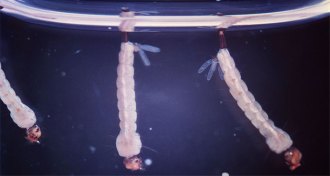 Animals
Animals50 years ago, U.S. fell short on mosquito eradication
Researchers boldly predicted mosquitoes’ demise 50 years ago. They never came close.
-
 Health & Medicine
Health & MedicineReaders concerned about cancer’s sugary disguise
Tricky cancer cells, brain-shaping smartphones, a cow-burying badger and more in reader feedback.